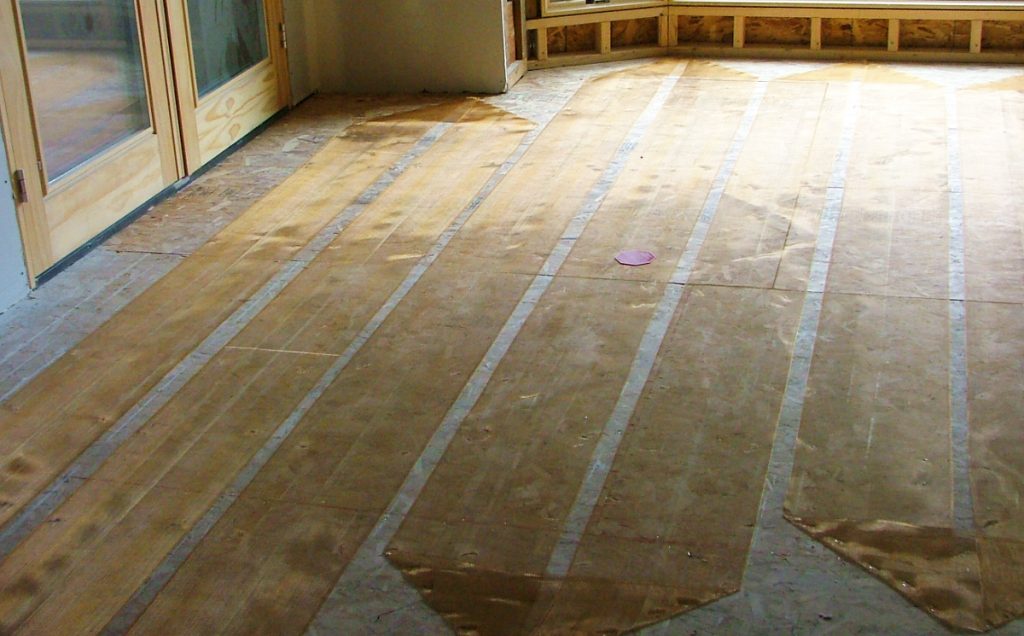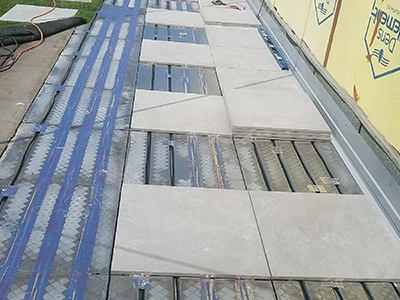Electric Radiant Floor Heating: Exploring The Popularity and Efficiency Considerations
In the realm of modern home comfort, electric radiant floor heating is emerging as a cutting-edge solution that offers both warmth and energy efficiency. This technology, which involves installing heating elements beneath the flooring to emit heat evenly across the room, is gaining widespread attention for its ability to provide a comfortable living environment while minimizing energy consumption. As concerns about energy efficiency and sustainability continue to rise, electric radiant floor heating presents a compelling option for homeowners seeking both coziness and eco-friendliness.

The growing prevalence of this technology can be attributed to several factors. One key advantage is the even distribution of heat it provides. Traditional heating systems, such as forced air or radiators, often create temperature disparities within a room, leading to pockets of warmth and coolness. In contrast, electric radiant floor heating generates consistent heat from the ground up, resulting in a more balanced and comfortable environment throughout the space. This not only enhances comfort but also contributes to better indoor air quality, as it reduces the circulation of dust and allergens that typically accompany forced air systems.
Efficiency is a central concern for modern homeowners, and electric radiant floor heating delivers on this front as well. To make the most of this technology, several key efficiency considerations should be taken into account.
1. Insulation: Efficient heating starts with proper insulation. Insulating the subfloor effectively helps to retain the heat generated by the radiant system, preventing unnecessary heat loss through the floor. This is particularly crucial in colder climates, where the efficiency gains can be significant.
2. Flooring Selection: The type of flooring used can influence the efficiency of radiant heating. Materials like tile, stone, or concrete are excellent conductors of heat and work well with radiant systems. Carpet and wood, while still compatible, may require slightly higher operating temperatures to achieve the same level of warmth due to their insulation properties.
3. Programmable Thermostats: Installing a programmable thermostat allows precise control over when and where the system operates. This feature ensures that the system only operates when needed, preventing unnecessary energy consumption and potentially leading to considerable energy savings over time.
4. Zoning: Zoning the heating system enables different areas of the house to be heated independently. This is particularly useful for homes with varying heating requirements throughout the day or different usage patterns. By targeting heating only where it’s necessary, overall energy consumption can be reduced.
5. Proper Sizing and Installation: Ensuring that the radiant system is appropriately sized for the room and installed correctly is crucial. An undersized system will struggle to heat the space efficiently, while an oversized system can result in unnecessary energy consumption.
In conclusion, the growing prevalence of under floor heat is a testament to its ability to combine comfort and efficiency. This technology’s even heat distribution, compatibility with various flooring materials, and customization options make it an attractive choice for modern homes. By carefully considering factors like insulation, flooring selection, zoning, and proper sizing and installation, homeowners can optimize their electric radiant floor heating systems for maximum efficiency.
At Heatizon Systems, we stand out as a leading supplier of electric radiant floor heating systems. Our extensive range of solutions is carefully designed to address a variety of heating needs, ensuring exceptional comfort and energy efficiency. In a time where energy efficiency remains a top concern for individuals and communities, embracing innovative and responsible heating solutions like those offered by Heatizon Systems resonates with growing market demands.



